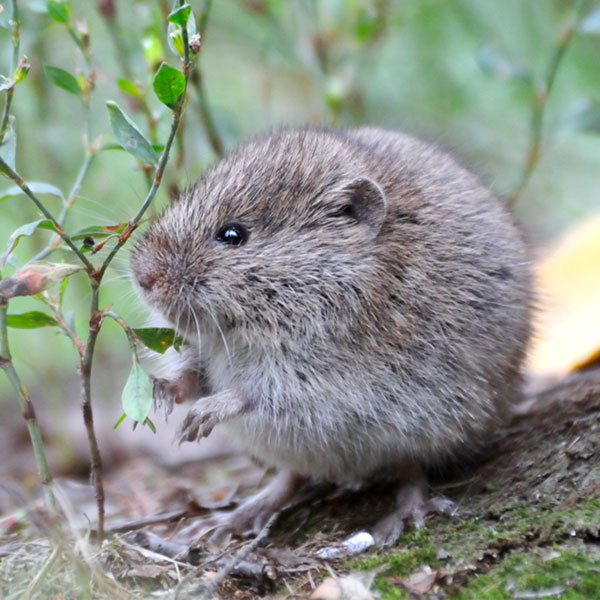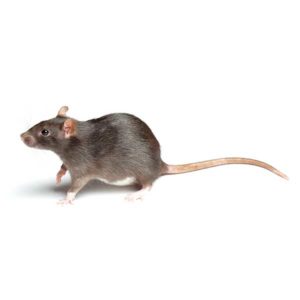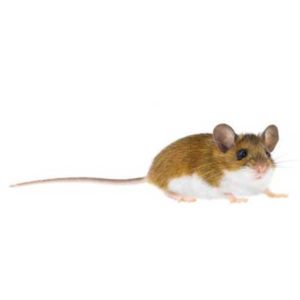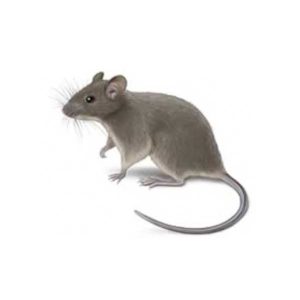Meadow Voles in North Carolina
The meadow vole, which is also called the “meadow mouse” or the “field mouse,” is the most widely distributed vole in North America. Voles resemble rats and mice but have shorter tails and heavier, cylindrical bodies. Voles are poor climbers and usually do not invade homes or other buildings. Meadow voles eat plants, especially grasses and seeds, and are prolific breeders. These rodents build extensive runway and tunnel systems, causing extensive damage to turf and landscape plants.
Signs of a Meadow Vole Infestation
Signs of a meadow vole infestation include the presence of surface runways in grassy areas, which appear as well-worn trails through the vegetation. You might also notice gnaw marks on tree bark, roots, and tubers, as well as small, round burrow entrances. Additionally, finding droppings and damaged plants or crops can indicate their presence. You can locate the runways by pulling back overhanging ground cover. Fresh clippings of green grass and greenish-colored droppings about 3/16 inches long in the runways and near the burrows are further evidence of voles.
Habitat, Diet, Life Cycle & Behaviors
Where Do Meadow Voles Live?
Meadow voles are commonly found in grassy fields, meadows, and areas with dense ground cover. They create extensive burrow systems underground and are known for building intricate networks of surface runways. These rodents prefer habitats with abundant vegetation, providing food and protection from predators.
Although meadow voles spend considerable time above ground, scurrying about, they spend most of their time below ground in their burrow system. Meadow voles dig short, shallow burrows and make underground nests of grass, stems, and leaves. A protective layer of grass or another ground cover usually hides their runways.
Diet
Meadow voles primarily feed on grasses, herbs, and seeds. They also consume bark, roots, tubers, and bulbs, particularly during the winter months when other food sources are scarce. Their feeding habits can cause significant damage to crops and garden plants.
Life Cycle
The life cycle of a meadow vole includes stages from birth to adulthood. Female meadow voles can produce several litters each year, with each litter containing 4 to 6 young. The gestation period is about 21 days, and the young are weaned by two weeks old. Meadow voles reach sexual maturity in about one month and typically live up to one year in the wild, though some may live longer in ideal conditions.
Behaviors, Threats or Dangers
Meadow voles rarely come in contact with humans and therefore pose no major public health hazards; however, they are capable of carrying disease organisms, such as plague and tularemia. Meadow voles are a significant pest to homeowners as they forage for food in gardens and landscape, causing extensive damage to orchards, tree plantings, and field crops. Vole damage to tree trunks normally occurs from a few inches above the ground to a few inches below ground. Meadow voles can also ruin lawns, golf courses, and ground covers.
If you suspect a meadow vole issue, contact your local rodent exterminators.
How to Get Rid of Meadow Voles?
To get rid of meadow voles, start by eliminating their food sources and habitat. Keep grassy areas mowed short, remove dense ground cover, and clear away debris. You can also use traps and rodenticides, which should be used cautiously and according to label directions. For extensive infestations, it is advisable to consult a professional pest control service for effective and safe removal.
Meadow Vole Prevention Tips
Preventing meadow vole infestations involves maintaining a well-kept yard. Regularly mow lawns and remove weeds and tall grass. Clear away brush piles, woodpiles, and other debris that can provide shelter. Protect young trees and shrubs with tree guards to prevent girdling. Creating a gravel or mulch barrier around gardens can also help deter these pests.
Need help with Meadow Voles control?
FAQs
Is a Meadow Vole a Rat?
No, a meadow vole is not a rat. Meadow voles are smaller and have stockier bodies, shorter tails, and partially hidden ears, distinguishing them from rats. While both are rodents, they belong to different families and have distinct behaviors and habitats.
Do Meadow Voles Come into the House?
Meadow voles typically prefer outdoor habitats with dense vegetation and are not commonly found indoors. However, in rare cases they may enter homes searching for food or shelter, particularly if their outdoor environment becomes inhospitable. It is more likely to encounter them in gardens and fields rather than inside homes.




